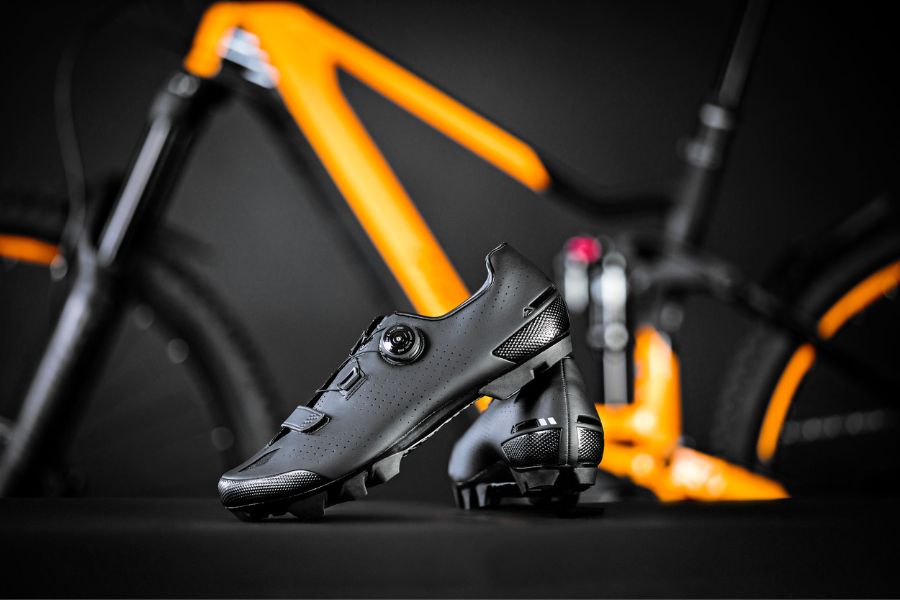
Mountain biking is an exciting sport that requires the right gear, and one of the most important pieces of equipment that can make or break your experience is the right pair of shoes. MTB shoes are designed specifically for mountain biking and come in a variety of styles and designs, each with its own unique features and benefits. In this article, we will guide you on how to choose MTB shoes in the right way.
Shoe type
There are three main types of MTB shoes: clipless, flat, and clipless-compatible flat. Clipless shoes feature a cleat that attaches to the pedal, providing a secure and efficient connection. Flat shoes, on the other hand, have a flat sole and are used with flat pedals. Clipless-compatible flat shoes combine the stability of a flat sole with the efficiency of a clipless system.
When choosing a shoe type, consider your riding style and preferences. Clipless shoes are great for cross-country riding and provide efficient power transfer, while flat shoes are ideal for downhill and freeride riding, offering more grip and control. Clipless-compatible flat shoes are a great option for those who want the best of both worlds.
Sole stiffness
The sole of an MTB shoe plays a crucial role in power transfer and stability. A stiffer sole allows for better power transfer and efficiency, while a more flexible sole provides better grip and comfort. Stiffer soles are ideal for cross-country riding, while more flexible soles are better suited for downhill and freeride riding.
When choosing a shoe, consider the type of riding you will be doing and your personal preferences. If you prioritize power transfer and efficiency, opt for a stiffer sole. If comfort and grip are your top priorities, go for a more flexible sole.
Fit and comfort
Proper fit and comfort are essential for a great riding experience. MTB shoes should fit snugly but not be too tight, as this can cause discomfort and even lead to injury. The shoe should also provide good support and stability, with enough room to wiggle your toes.
When trying on shoes, wear the socks you plan to ride in and make sure to walk around in them to get a feel for the fit and comfort. Check for any pressure points or areas of discomfort, as these can cause problems on longer rides.
Closure system
MTB shoes come with a variety of closure systems, including laces, Velcro straps, and ratcheting buckles. Laces provide a customizable fit but can come undone during a ride. Velcro straps are easy to adjust and provide a secure fit, while ratcheting buckles allow for precise adjustments but may be more cumbersome.
When choosing a closure system, consider your personal preferences and the type of riding you will be doing. For cross-country riding, a ratcheting buckle may be the best option, as it allows for precise adjustments and a secure fit. For downhill and freeride riding, Velcro straps may be a better choice, as they are easy to adjust and provide a secure fit.
Durability and protection
MTB shoes are subjected to a lot of wear and tear, so it is important to choose a shoe that is durable and provides adequate protection. Look for shoes with reinforced areas, such as the toe and heel, as well as abrasion-resistant materials.
When choosing a shoe, consider the type of riding you will be doing and the terrain you will be riding on. For more technical and rocky terrain, shoes with more protection may be necessary to prevent injuries.
Conclusion
Choosing the right MTB shoes can make a significant difference in your riding experience. Consider your riding style, preferences, and terrain when choosing a shoe type, sole stiffness, closure system, fit and comfort, and durability and protection. With the right pair of shoes, you can enjoy a comfortable and efficient ride, allowing you to fully immerse yourself in the thrill of mountain biking.

